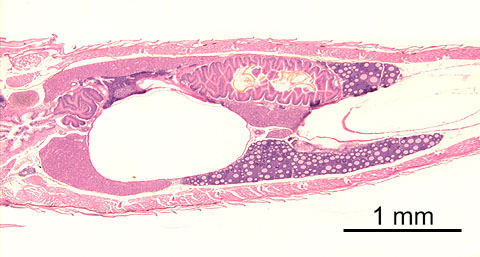
Coronal section of a juvenile female zebrafish, 14 mm (6 weeks); H&E staining; H&E staining ovary location, coronal view
The ovary
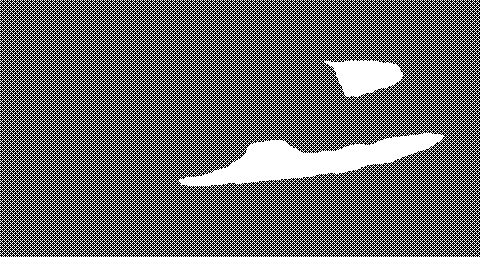 is a paired organ, located bilaterally between the abdominal wall
is a paired organ, located bilaterally between the abdominal wall and the swim bladder
and the swim bladder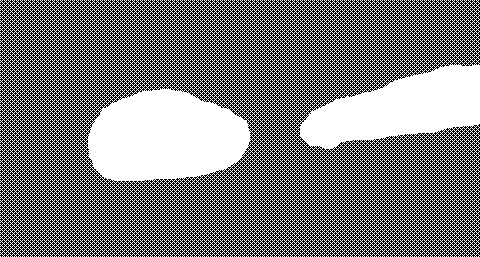 . At the level of this section, the ovary is further bounded by the liver
. At the level of this section, the ovary is further bounded by the liver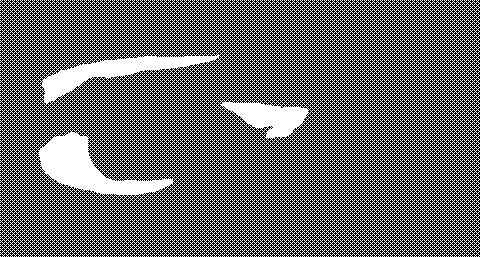 and intestines
and intestines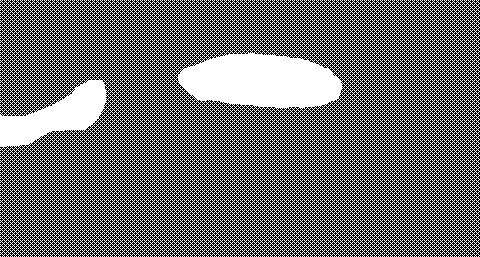 . Part of the pancreas
. Part of the pancreas is located in the anterior peritoneal cavity, between gut
is located in the anterior peritoneal cavity, between gut , liver
, liver and swim bladder
and swim bladder . (Note that this is a juvenile specimen with a previtellogenic ovary.)
. (Note that this is a juvenile specimen with a previtellogenic ovary.)
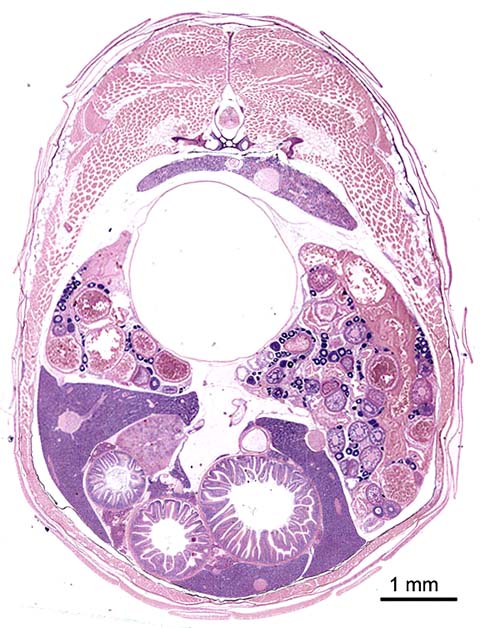
Axial section of an adult male zebrafish; H&E staining ovary location, axial view
This axial section of an adult female zebrafish is from the rostral part of the abdominal cavity, where the ovary
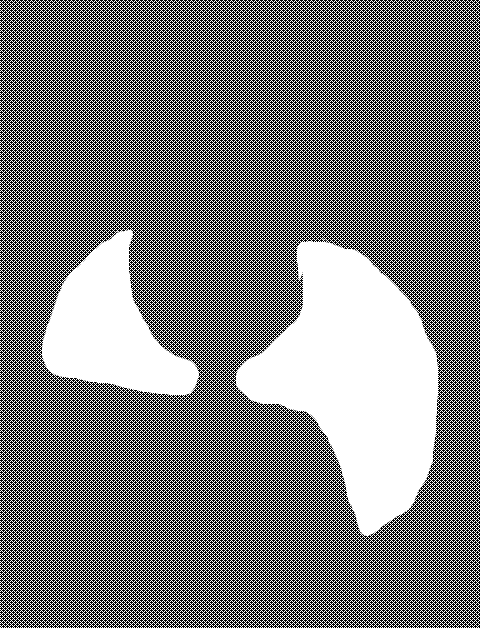 takes approximately one third of the area, leaving space for the swim bladder
takes approximately one third of the area, leaving space for the swim bladder and other internal organs. The proportion of ovary increases at more caudal sections, and the abdominal organs shown in this image (liver
and other internal organs. The proportion of ovary increases at more caudal sections, and the abdominal organs shown in this image (liver , pancreas
, pancreas , spleen
, spleen , intestinal loops
, intestinal loops ) are not or less abundantly present there.
) are not or less abundantly present there. Major blood vessels in this section are
- dorsal aorta
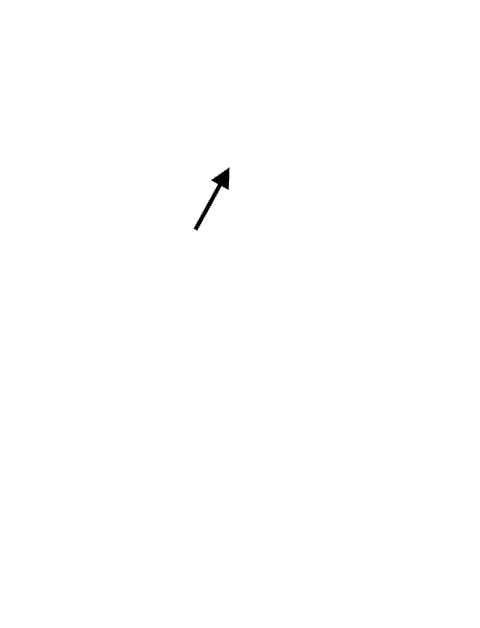 and posterior cardinal vein
and posterior cardinal vein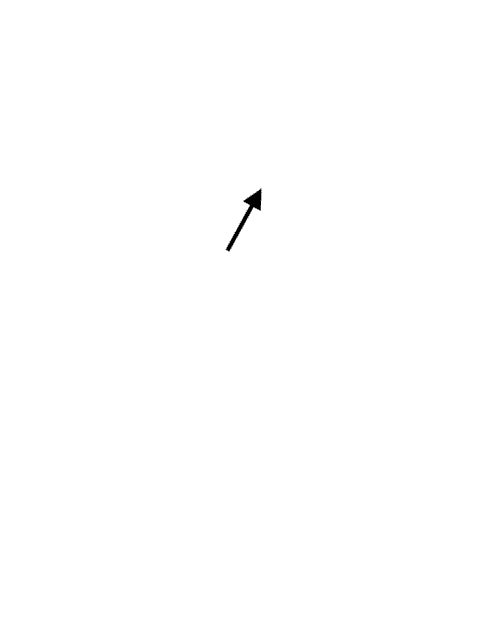 , embedded in the kidney
, embedded in the kidney
- intestinal arteries
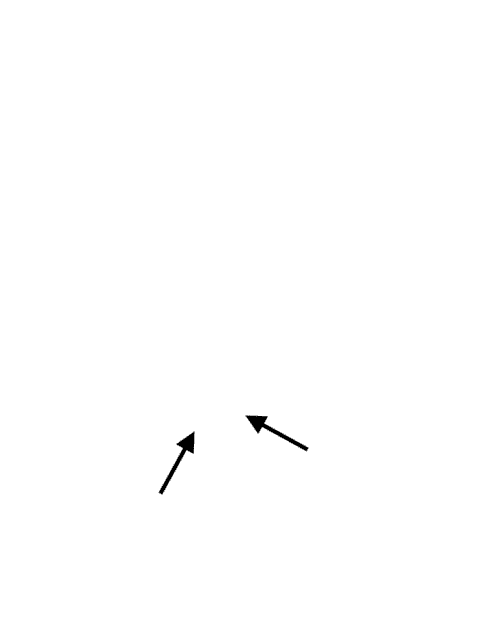 , intestinal veins
, intestinal veins and epigastric vein
and epigastric vein , partly embedded in the liver
, partly embedded in the liver .
.
The horizontal skeletogenous septum
 separates the epaxialis
separates the epaxialis and hypaxialis
and hypaxialis muscles, which are inserted to this septum and to the spine
muscles, which are inserted to this septum and to the spine , and which are also bound to the skin. In the midline, the epaxial muscles
, and which are also bound to the skin. In the midline, the epaxial muscles insert to the vertical skeletogonous septum
insert to the vertical skeletogonous septum . Although organised in myotomes which are oriented perpendicular to the length axis of the fish, these muscles appear cross-sectioned due to their zigzag course
. Although organised in myotomes which are oriented perpendicular to the length axis of the fish, these muscles appear cross-sectioned due to their zigzag course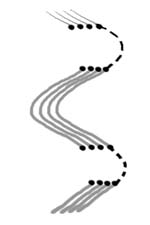 . The epaxialis includes the dorsal supracarinalis muscles
. The epaxialis includes the dorsal supracarinalis muscles , the hypaxialis includes the ventral infracarinalis muscles
, the hypaxialis includes the ventral infracarinalis muscles . The lateralis superficialis muscles
. The lateralis superficialis muscles overlies the peripheral part of the horizontal septum
overlies the peripheral part of the horizontal septum . Pleural rib structures
. Pleural rib structures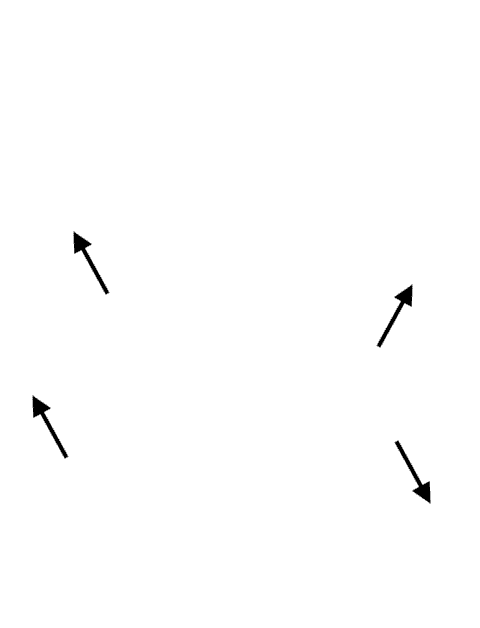 can be observed within the hypaxialis
can be observed within the hypaxialis .
.Note that in the adult female, the liver
 is response to estrogen, which induces expression of vitellogenin. The associated basophilic staining of the hepatocytes is indicative of high mRNA contents (compare with liver vitellogenesis.
is response to estrogen, which induces expression of vitellogenin. The associated basophilic staining of the hepatocytes is indicative of high mRNA contents (compare with liver vitellogenesis.